Superoxide Dismutase, Enzyme Activity (TBP0087)
$70.00 – $280.00
| SKU | Stock | SIZE | Price | Quantity | ||
|---|---|---|---|---|---|---|
| TBP0087-10KU | Yes | 10 KU | $70.00 | |||
| TBP0087-50KU | Yes | 50 KU | $280.00 |
- Description
- Terms
- Additional information
- Documents
- Reviews (0)
Description
Product Details
Form: Freeze-dried
Solubility: Soluble in distilled water or dilute buffer
Stability: -20° C; -4° F
Activity: 3000 U/mg protein
Protein: 95%
Catalog No.: 110A3000
Unit Definition
That amount of enzyme which, under specified conditions of the assay, will cause a 50% inhibition in the rate of reduction of ferricytochrome C.
Assay Method
The method of assay is based on the ability of superoxide dismutase to compete with ferricytochrome C for superoxide anions generated by the xanthine oxidase system. This results in inhibition of the rate of reduction of ferricytochrome C. The method of assay has been described by McCord and Fridovich.
Applications
Superoxide dismutase (SOD) (EC 1.15.1.1) catalyzes the destruction (dismutation) of superoxide free radical ions as follows:
The superoxide (O2-) ion is believed to be responsible for lipid peroxidation and peroxidative hemolysis of erythrocytes. The action of superoxide dismutase, therefore, results in protection of the biological integrity of cells and tissues against the harmful effects of superoxide free radicals.
Superoxide dismutase is widely distributed in both plants and animals. It occurs in high concentrations in brain, liver, heart, erythrocytes and kidney. Three superoxide dismutases have been characterized according to their metal content. The enzyme from bovine and human erythrocytes contains copper and zinc, the one from chicken and rat liver mitochondria contains manganese while the enzyme from E. coli contains iron. Superoxide dismutase from bovine erythrocytes has a molecular weight of 32,500.
Orgotein is the generic name, adopted by the United States Adopted Names (USAN) for Cu-Zn superoxide dismutases. Clinical trials indicate that orgotein has strong anti-inflammatory properties with almost no toxic side effects.
Reagents
- 0.05 M Potassium phosphate buffer, pH 7.8 containing 0.0001 M EDTA.
- 0.0003 M Ferricytochrome C (3.9 mg/ml) in buffer.
- 0.0015 M Xanthine (0.25 mg/ml) in buffer.
- Xanthine oxidase solution (approximately 0.03-0.05 mg/ml in buffer). Prepare fresh prior to assay.
- Superoxide dismutase (SOD) in buffer. Dilute in buffer to yield a final concentration of 100-200 U/ml. Must be prepared fresh immediately prior to assay.
Procedure
- Set spectrophotometer (equipped with strip chart recorder and temperature control) at 550 nm and 25°C.
- Into a cuvette, pipette the following reagents:
Phosphate buffer 2.7 ml
Ferricytochrome C 0.1 ml
Xanthine 0.1 ml
Xanthine oxidase 0.1 ml
Incubate in spectrophotometer at 25°C for 5 minutes and record the increase in absorbance at 550 nm for 3 minutes.
- Repeat with several dilutions of Xanthine oxidase until a µE550 nm/min of 0.025 is obtained. Use this dilution of Xanthine oxidase in the next step for the assay of Superoxide dismutase.
- Into a cuvette, pipette the following reagents:
Phosphate buffer 2.6 ml
Ferricytochrome C 0.1 ml
Xanthine 0.1 ml
Xanthine oxidase (see Step 3) 0.1 ml
To the cuvette, add 0.1 ml of different dilutions of SOD until a µE550 nm/min of 0.025 is obtained.
Additional information
| SIZE | 10 KU, 50 KU |
|---|
Be the first to review “Superoxide Dismutase, Enzyme Activity (TBP0087)”
You must be logged in to post a review.

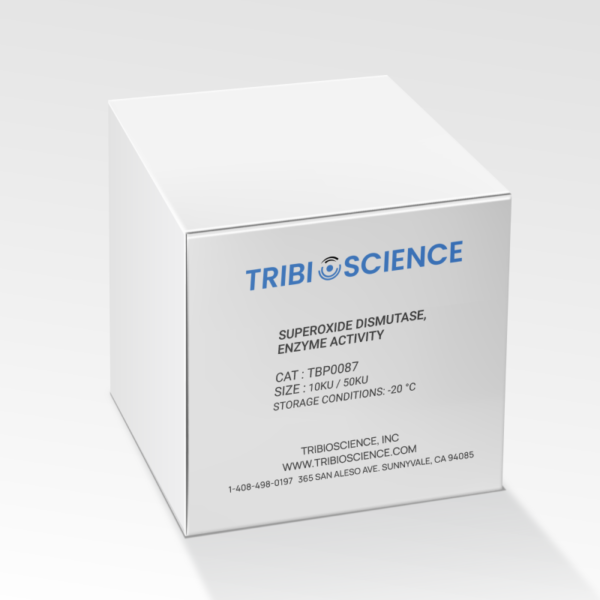
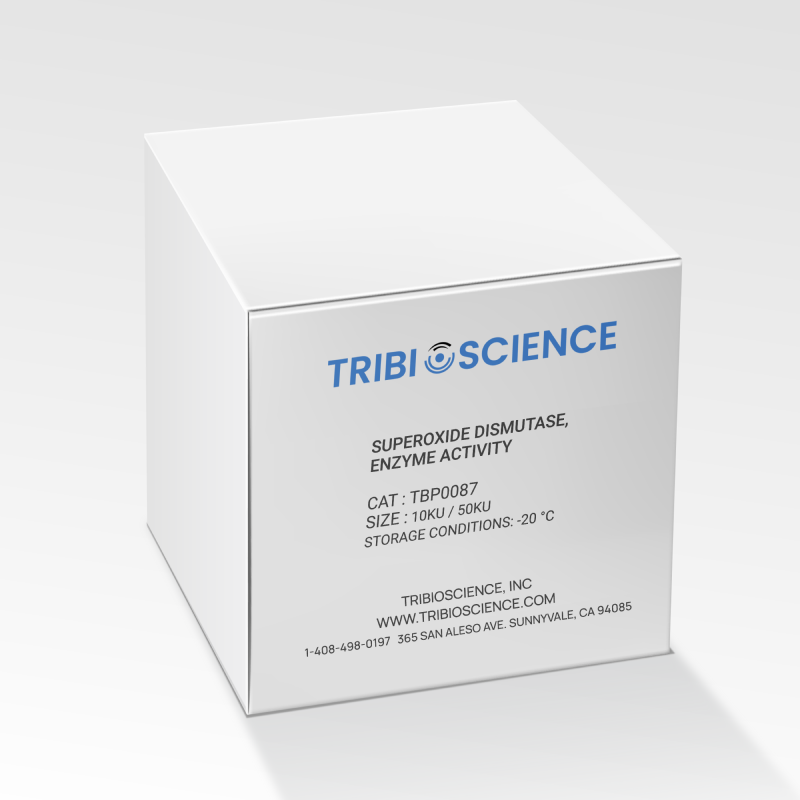
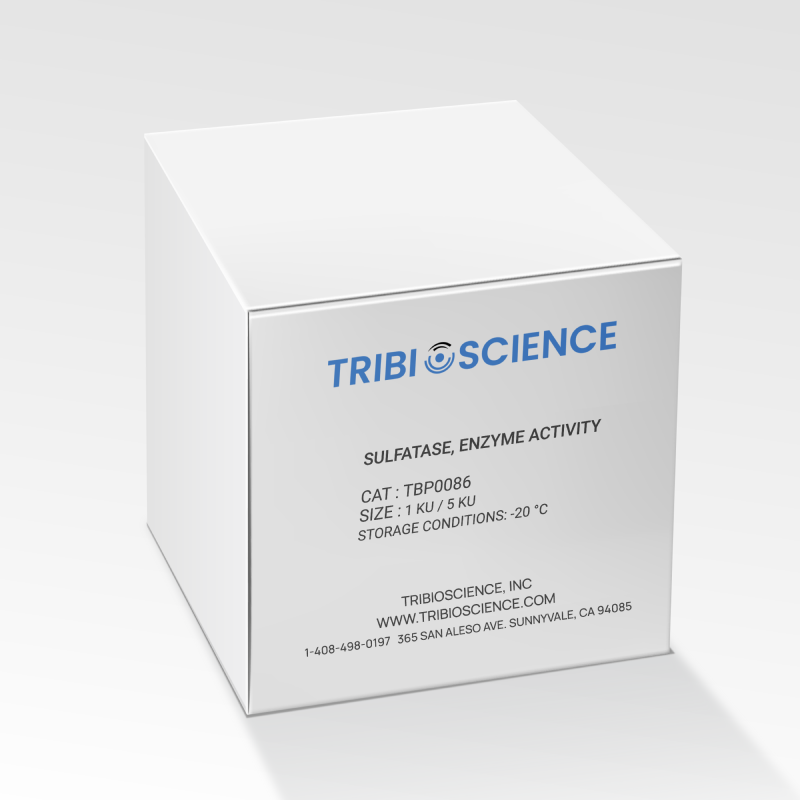
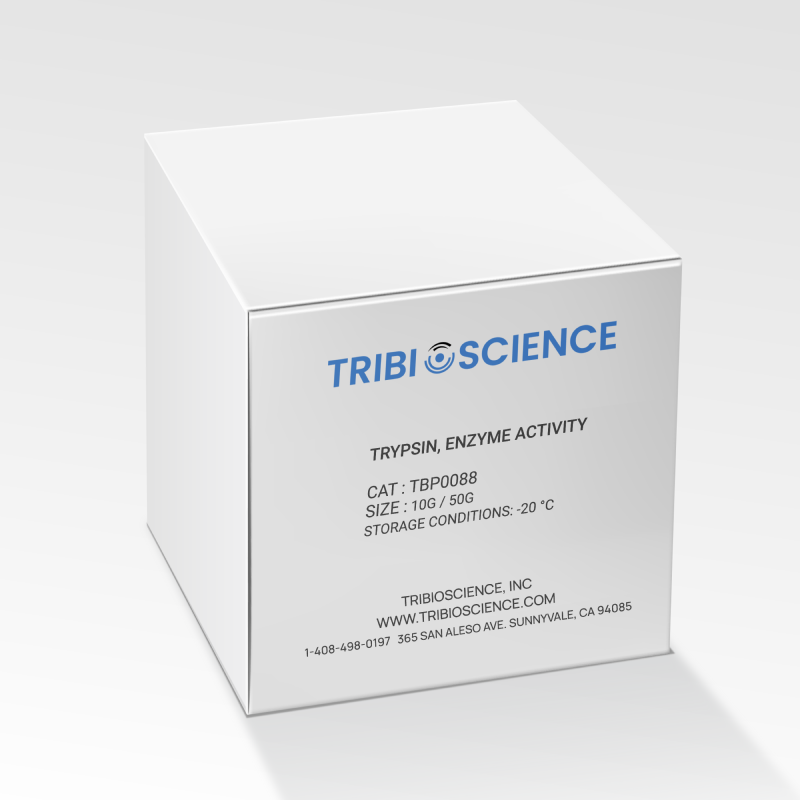
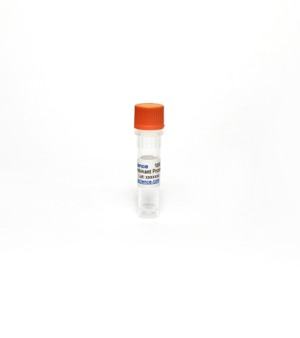
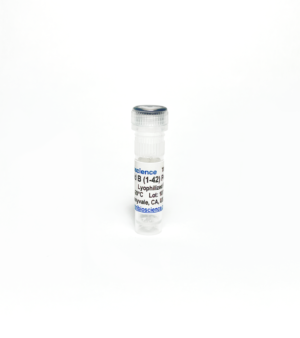
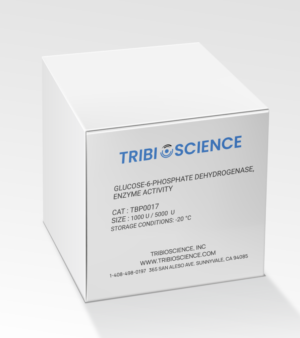
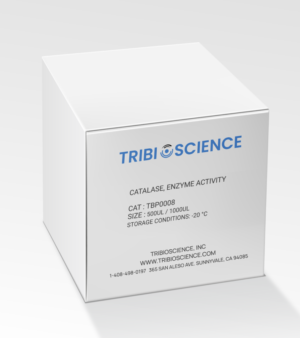
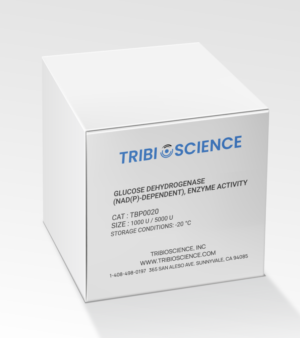
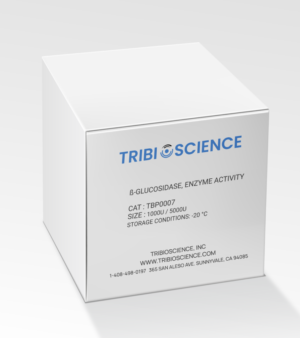
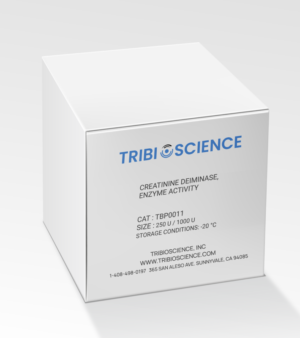
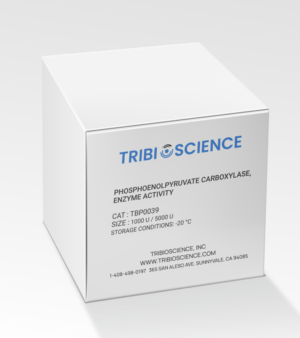
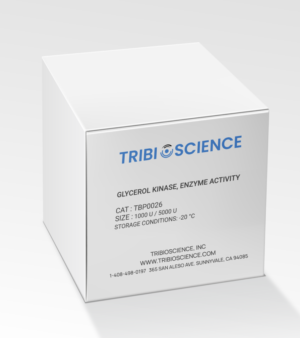
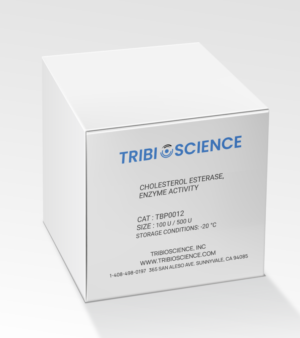

Reviews
There are no reviews yet.